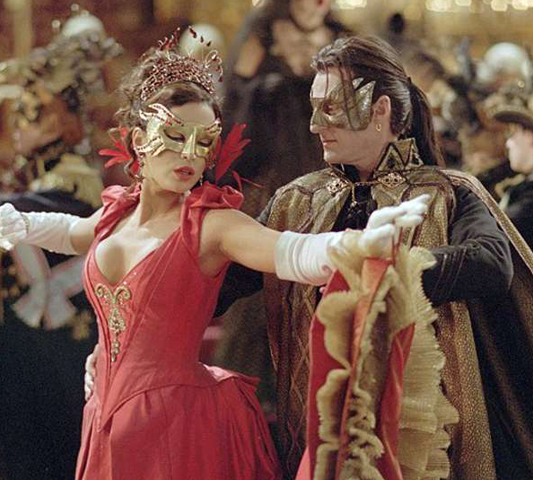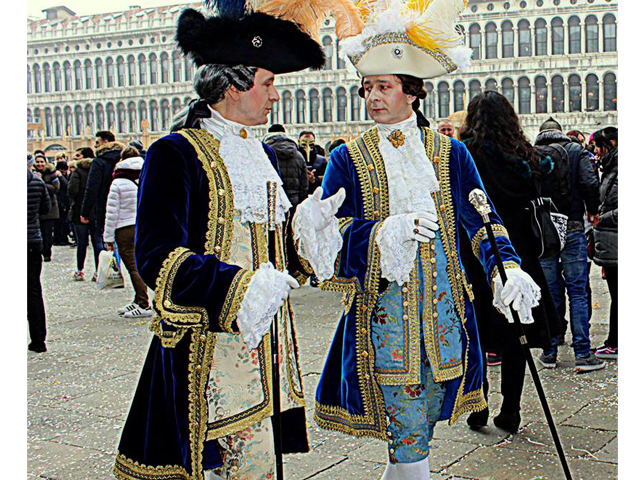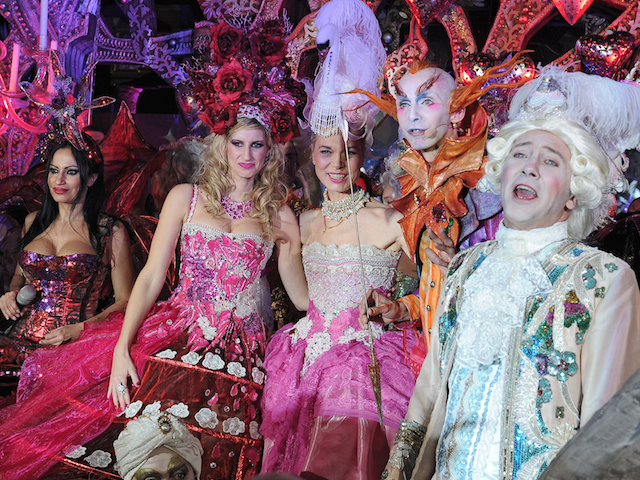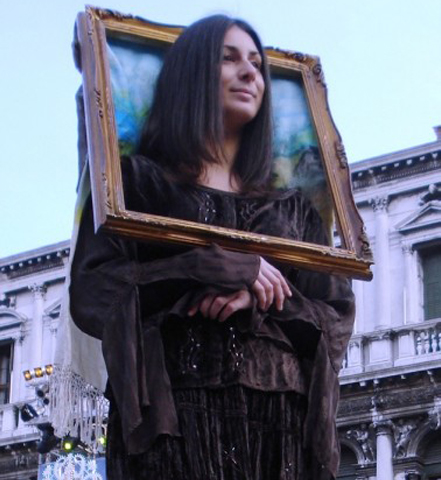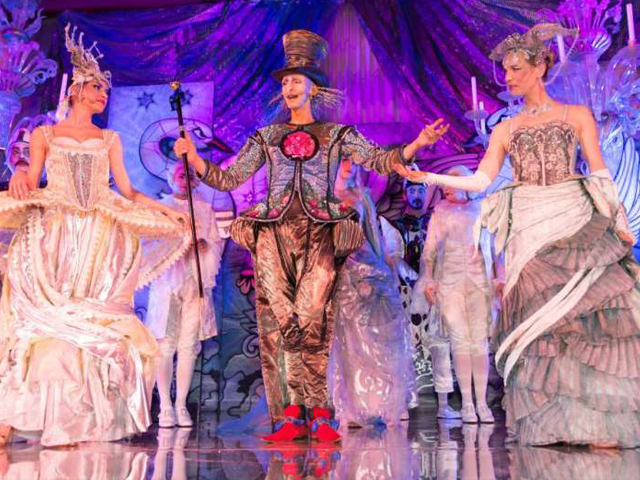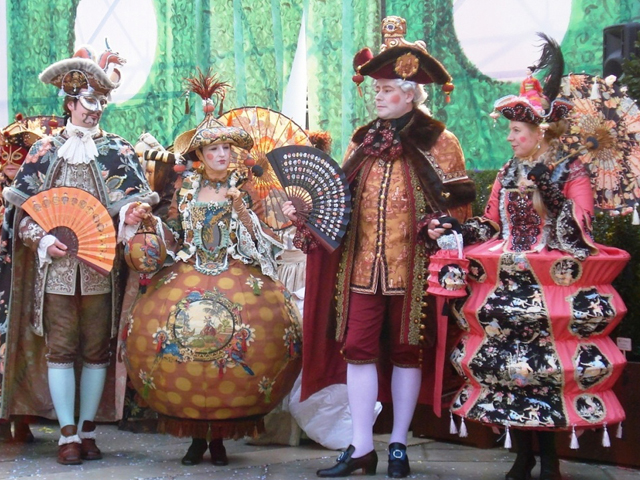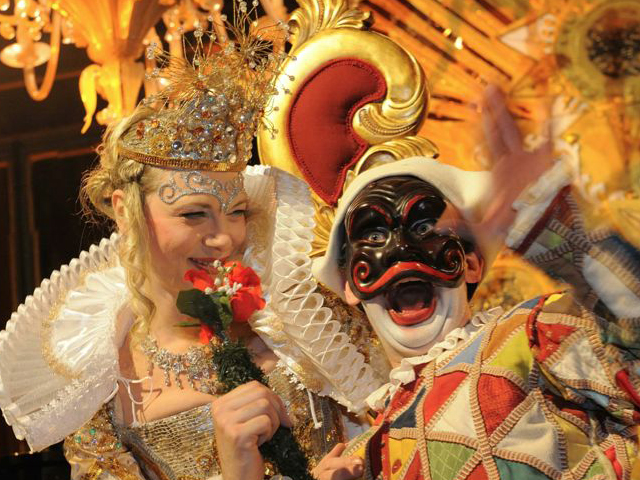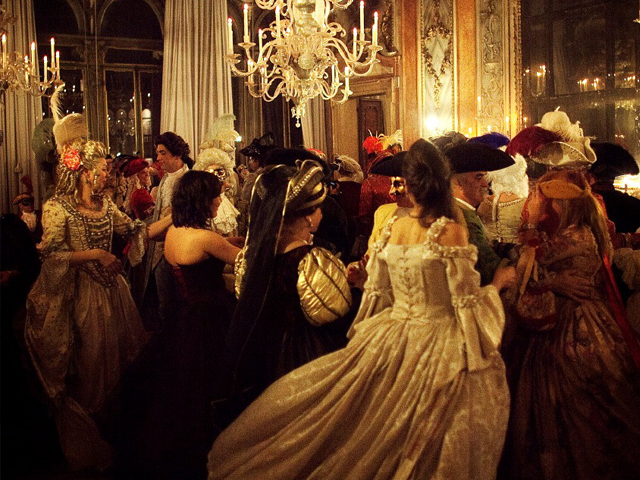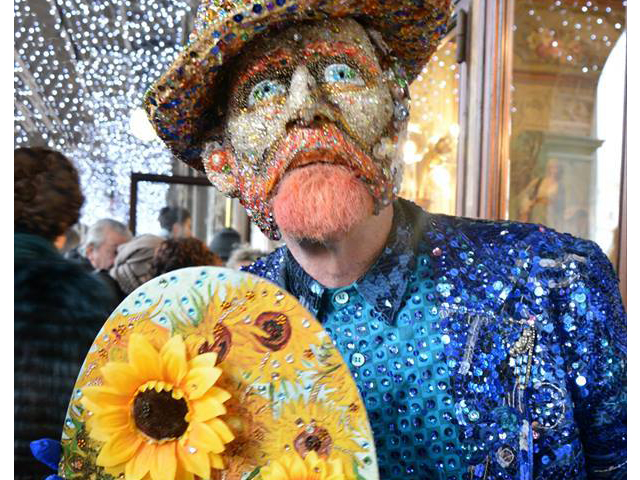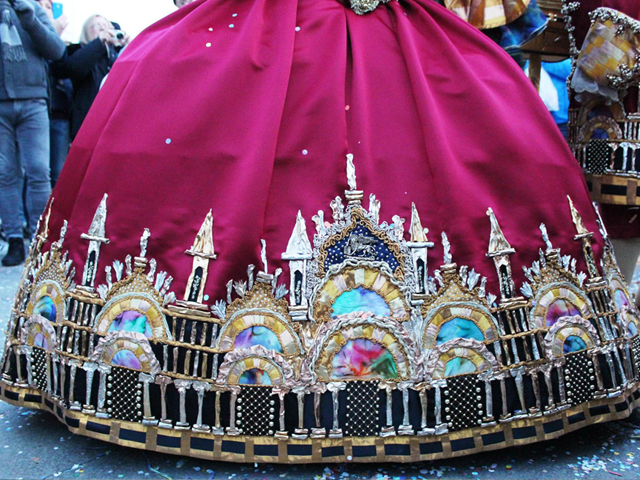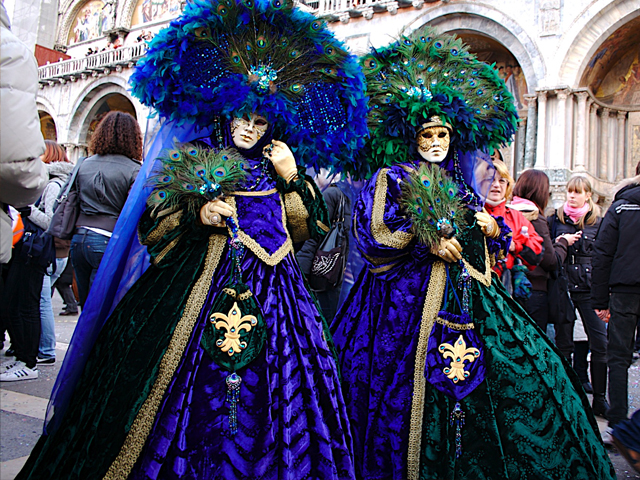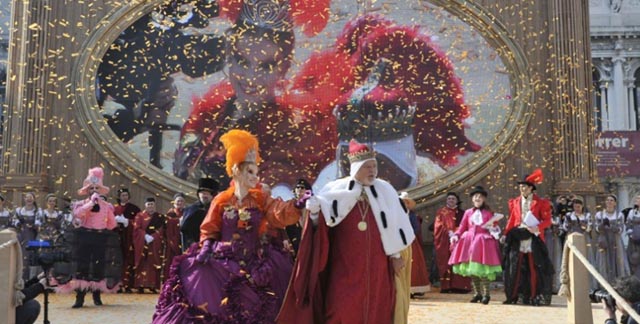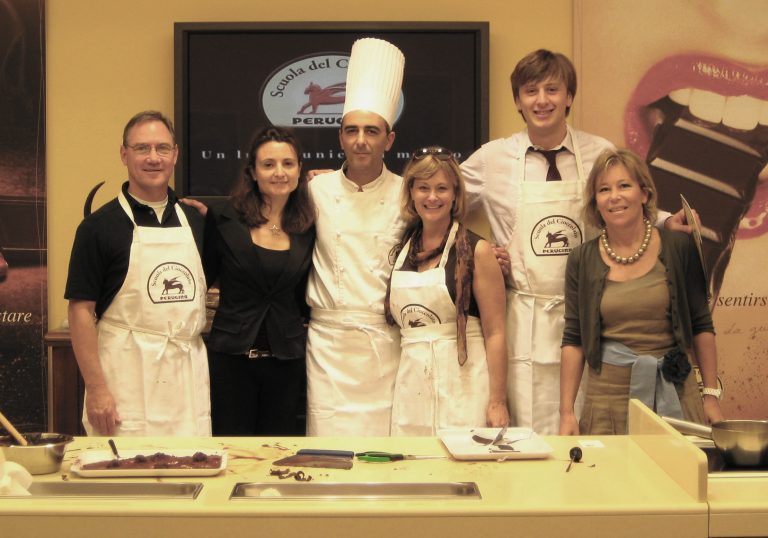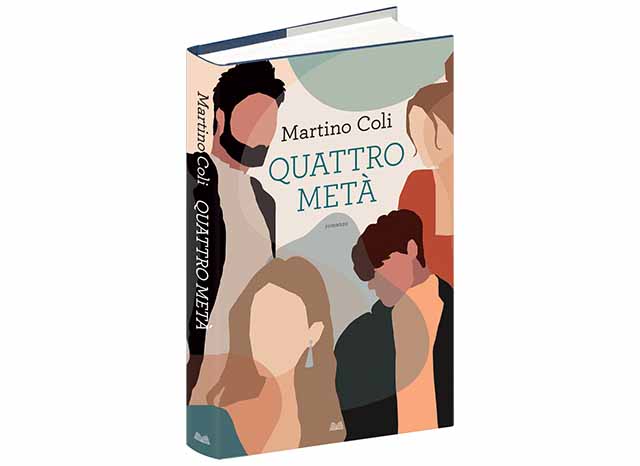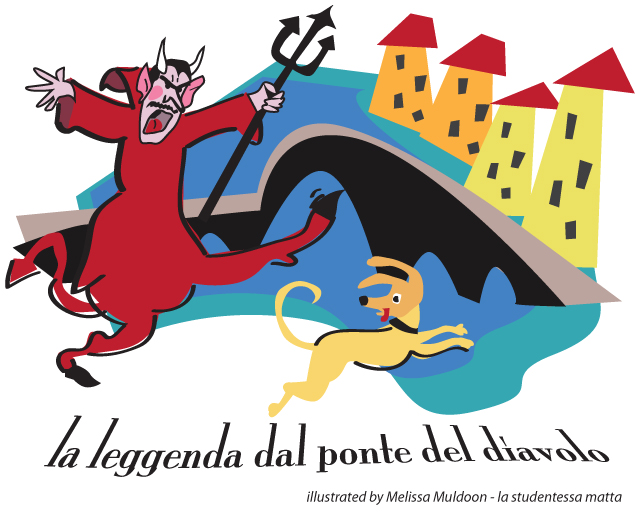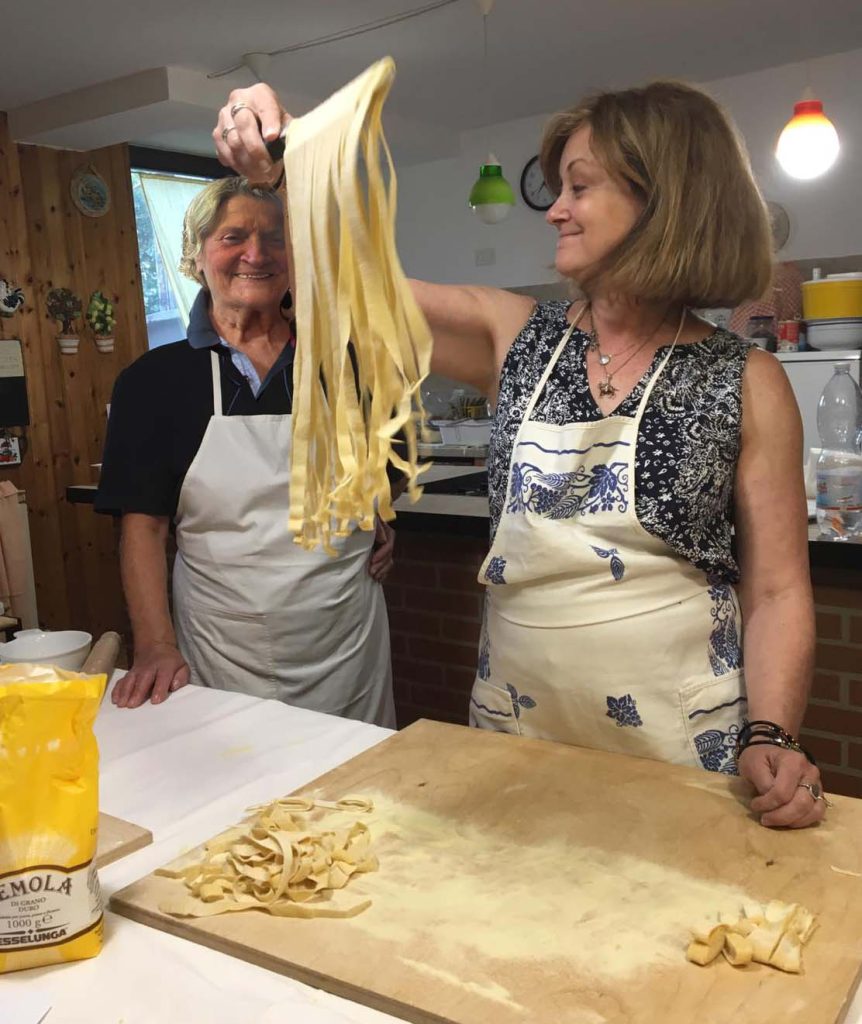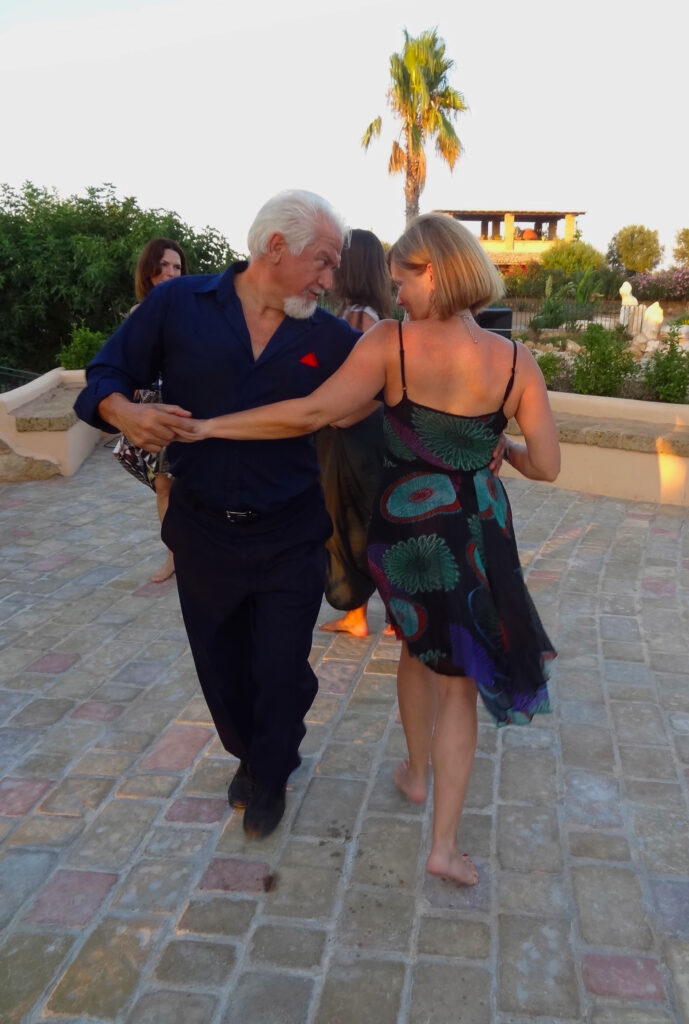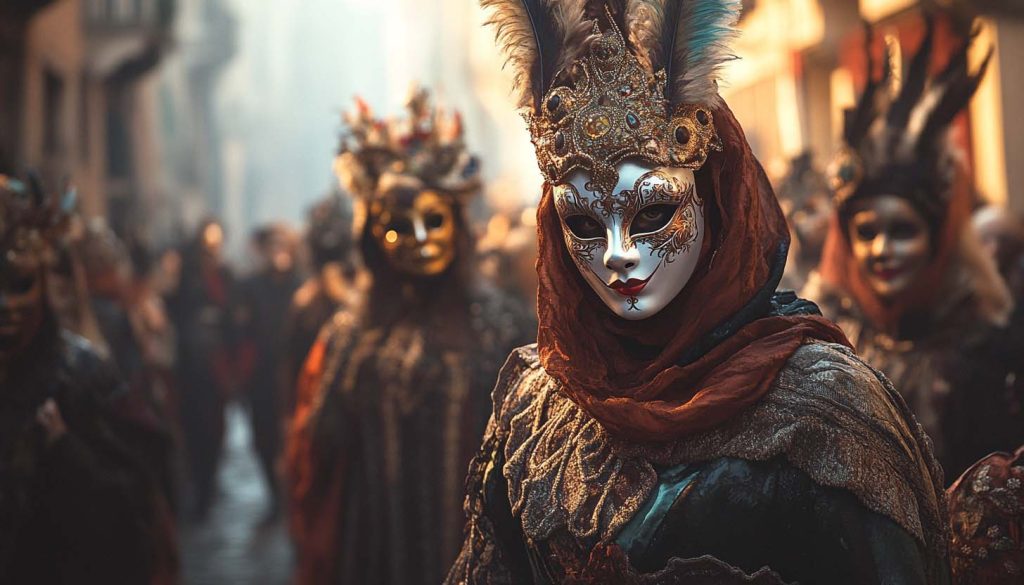
Spensieratezza a Carnevale a Venezia: Vivere senza pensieri
Carefree at Carnevale in Venezia: Living Without Worries
Che bello! Vivere senza pensieri
How Great! Living Without Worries
“Spensieratezza” è una parola bellissima. Significa lo stato d’animo di chi è sereno e senza preoccupazioni. Quante volte si dice che gli adulti dovrebbero vivere così, nonostante i molti problemi che affrontiamo ogni giorno?
“Carefree” is a beautiful word. It means the state of mind of someone who is peaceful and without worries. How often do we say adults should live like this, despite the many challenges we face daily?
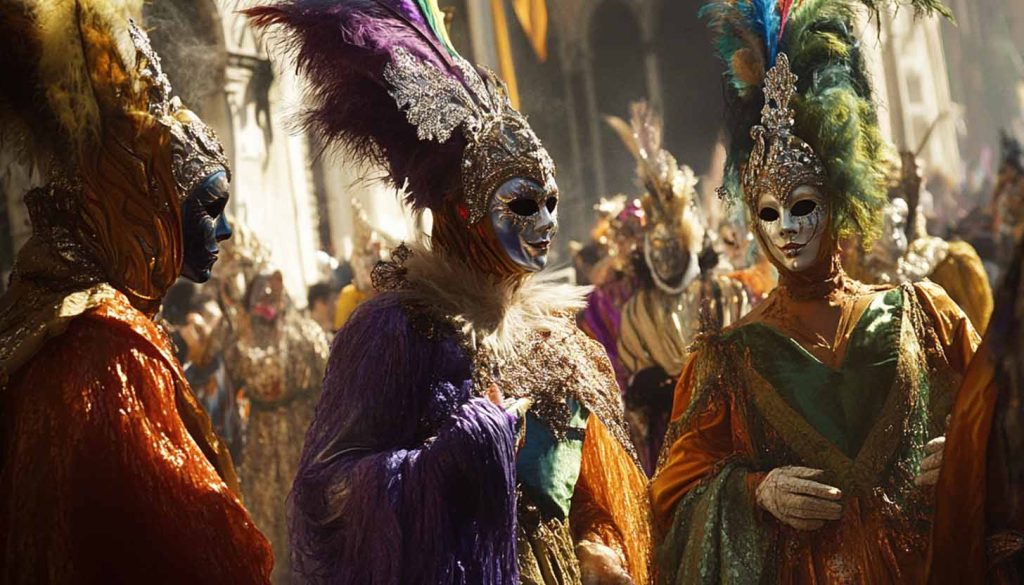
Il Carnevale: Una Festa di Spensieratezza
Carnival: A Celebration of Carefree Joy
Non c’è periodo dell’anno più adatto del Carnevale per mettere in pratica questo stato d’essere. La parola Carnevale deriva dal latino “carnem levare,” che letteralmente significa “eliminare la carne.” Questo si riferisce al banchetto del Martedì Grasso prima del periodo di astinenza e digiuno della Quaresima.
There’s no better time of year to embrace a carefree spirit than Carnival. The word Carnival comes from the Latin “carnem levare,” meaning “eliminate the flesh,” referring to the feast held on Mardi Gras before the fasting and abstinence of Lent.
Venezia: Il Cuore del Carnevale
Venice: The Heart of Carnival
Il Carnevale si festeggia in tutto il mondo, ma nessun posto lo celebra con lo stesso sfarzo e magia di Venezia! La Serenissima è un punto di riferimento globale: feste spettacolari, costumi incredibili e maschere eleganti da togliere il fiato. Nessuno sa fare festa come Venezia!
Carnival is celebrated worldwide, but nowhere does it with the grandeur and magic of Venice! La Serenissima sets the standard: spectacular parties, stunning costumes, and breathtaking masks. No one throws a party like Venice!
Maschere e Misteri: Perché ci Travestiamo?
Masks and Mysteries: Why Do We Dress Up?
In questa atmosfera festosa e bohemienne, ci lasciamo trasportare da piogge di coriandoli e ci travestiamo con maschere e costumi fantastici. Ma ti sei mai chiesto il significato simbolico di nascondere la nostra identità dietro una maschera?
In this festive and bohemian atmosphere, we revel in showers of confetti and dress up in fantastic costumes and masks. But have you ever wondered about the symbolic meaning of hiding our identity behind a mask?
Ti conosco mascherina!
I know you little mask!
Il Carnevale e le maschere veneziane hanno ispirato il detto italiano “Ti conosco mascherina,” che letteralmente significa “Ti conosco, piccola maschera.” Nonostante il riferimento alla maschera, l’espressione è usata in senso figurato per indicare che si riconoscono le vere intenzioni di qualcuno o si vede attraverso la sua facciata.
Carnival and Venetian masks inspired the Italian saying “Ti conosco mascherina,” literally “I know you, little mask.” Despite the mask reference, the phrase is used figuratively to mean you recognize someone’s true intentions or see through their facade.
Le sue origini risalgono alle tradizioni carnevalesche, quando ci si travestiva per divertimento e anonimato. Nel tempo, è diventata un modo giocoso—talvolta lievemente canzonatorio—di dire “Non puoi ingannarmi” o “Ho capito il tuo gioco.” Quindi, quando qualcuno dice “Ti conosco mascherina,” vuole segnalare di aver colto le reali motivazioni di un’altra persona, indipendentemente da quanto bene creda di nasconderle.
Its origins trace back to Carnevale traditions, when people wore disguises for fun and anonymity. Over time, it became a playful—sometimes teasing—way of saying “You can’t fool me” or “I’m onto your game.” Thus, when someone says “Ti conosco mascherina,” they’re signaling that they’ve caught on to another person’s hidden motives, no matter how well they think they’re concealing them.
Il Potere della Maschera: Libertà e Trasgressione
The Power of the Mask: Freedom and Transgression
A Venezia, nel Medioevo, il Carnevale era un momento per violare le regole. Con una maschera, potevi persino insultare il doge! Assumere una nuova identità permetteva di abbandonare il personaggio costruito da noi stessi o dagli altri.
In medieval Venice, Carnival was a time to break the rules. With a mask, you could even insult the doge! Taking on a new identity paradoxically allowed people to shed the persona they or society had created.
A carnevale ogni scherzo vale!
At Carnival time every prank is allowed!
“ A Carnevale ogni scherzo vale“ ”è un detto italiano che, tradotto letteralmente, significa: «A Carnevale, ogni scherzo è permesso». Esso rispecchia lo spirito tradizionale del Carnevale, durante il quale le regole e le norme sociali si allentano, e le persone sono libere di indulgere nel divertimento, negli scherzi e nella baldoria.
“A Carnevale ogni scherzo vale” is an Italian saying that literally translates to “At Carnival, every joke is allowed.” It reflects the traditional spirit of Carnevale during which societal rules and norms are loosened, and people are free to indulge in fun, mischief, and merriment.
In un’accezione più ampia, gli italiani possono richiamare questa frase per suggerire che, in determinate circostanze festose o spensierate, non bisognerebbe essere troppo rigidi riguardo alle regole consuete. È un promemoria del fatto che tutti possono concedersi una breve tregua dalla serietà quotidiana e godersi un pizzico di divertimento birichino.
In broader usage, Italians may invoke this phrase to suggest that, under certain festive or carefree circumstances, one shouldn’t be too strict about the usual rules. It’s a reminder that everyone gets a brief reprieve from everyday seriousness and is allowed a bit of mischievous fun.
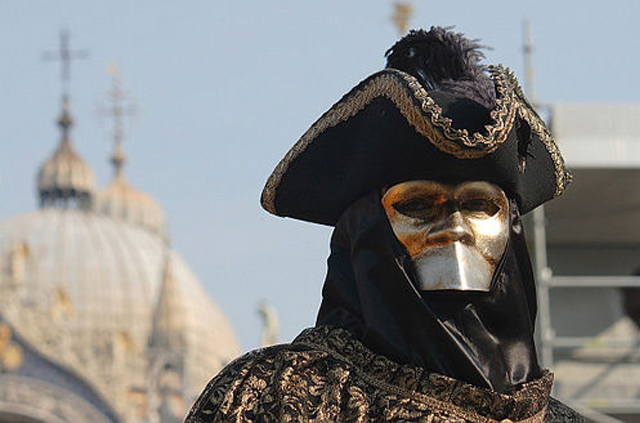
Le Origini del Carnevale
The Origins of Carnival
Le radici del Carnevale in Italia affondano in epoche molto antiche, e una delle teorie più comuni individua le sue origini nelle antiche feste pagane. Tra queste, i Saturnali erano celebrazioni romane in onore del dio Saturno che si tenevano a dicembre, durante le quali si invertivano le gerarchie sociali: per un breve periodo, i poveri potevano impersonare i ricchi e viceversa. Mascherarsi o travestirsi rendeva tutto ancora più “sovversivo”, permettendo di indulgere in cibo, piaceri del corpo e scherzi vari senza timori di riconoscimento o censura.
The roots of Carnival in Italy stretch back to very ancient times, and one of the most common theories traces its origins to ancient pagan celebrations. Among these, the Saturnalia were Roman festivities held in honor of the god Saturn in December, during which social hierarchies were reversed: for a short period, the poor could impersonate the rich and vice versa. Wearing masks or disguises made everything even more “subversive,” allowing people to indulge in food, bodily pleasures, and various pranks without fear of recognition or censure.
Col passare dei secoli, queste usanze vennero assorbite e trasformate dal contesto cristiano, in particolare dalla necessità di prepararsi alla Quaresima (periodo di penitenza e digiuno che precede la Pasqua). Il termine “Carnevale” è spesso fatto derivare da “carnem levare” o “carnis vale”, ovvero “eliminare la carne” o “addio alla carne”, a indicare la rinuncia ai piaceri materiali tipica della Quaresima.
Over the centuries, these customs were absorbed and transformed by the Christian context, particularly due to the need to prepare for Lent (a period of penance and fasting that precedes Easter). The term “Carnevale” is often said to derive from “carnem levare” or “carnis vale,” meaning “to remove meat” or “farewell to meat,” indicating the renunciation of worldly pleasures typical of Lent.
Durante il Carnevale, dunque, si vive un tempo di licenza e rovesciamento dell’ordine consueto: le feste, i travestimenti e le maschere simboleggiano la sospensione momentanea delle regole ordinarie, riportando l’eco di quei riti antichi in cui la libertà espressiva e l’eccesso avevano un valore rituale.
During Carnival, therefore, people experience a time of license and the overturning of the usual order: celebrations, costumes, and masks symbolize the temporary suspension of ordinary rules, echoing those ancient rites in which expressive freedom and excess held a ritual value.
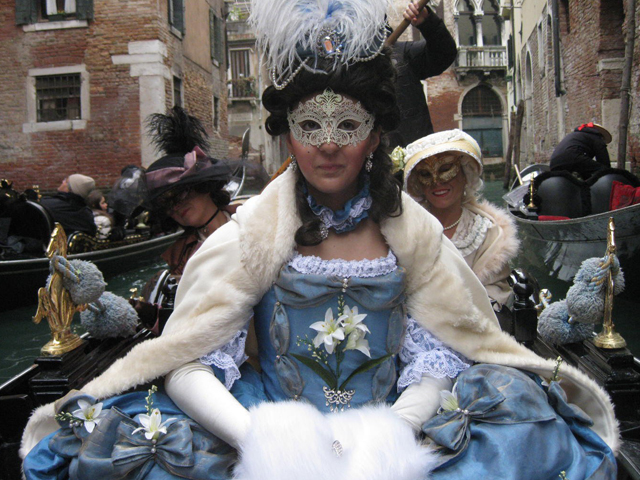
I Costumi del Carnevale e il Loro Significato
Carnival Costumes and Their Meaning
Quale costume sceglierai quest’anno?
Ecco alcuni significati simbolici legati ai travestimenti più popolari:
What costume will you choose this year?
Here are some symbolic meanings behind popular disguises:
Bambino/a (Child):
Desiderio di tornare a un tempo più innocente e semplice.
A desire to return to a simpler, more innocent time.
Diavolo (Devil):
Voglia di rompere con le restrizioni e abbracciare un lato più audace.
A wish to break free from restrictions and embrace a bold personality.
Gatto o Pantera (Cat or Panther):
Sensualità, indipendenza e ribellione.
Sensuality, independence, and rebellion.
Soldato (Soldier):
Desiderio di avventura e forza interiore.
A longing for adventure and inner strength.
Supereroe (Superhero):
Connessione con il proprio bambino interiore e un immaginario giocoso.
A connection with one’s inner child and playful imagination.
Zorro o Robin Hood:
Voler essere riconosciuto per giustizia e gentilezza.
A wish to be recognized for justice and kindness.
Come ti Travestirai Quest’Anno?
How Will You Dress Up This Year?
Dai sfogo alla tua fantasia e condividi il tuo travestimento nel comment box!
Unleash your imagination and share your costume in the comments below!
Ballo del Doge – Carnevale
Read the novel that was inspired by Carnevale in Venezia
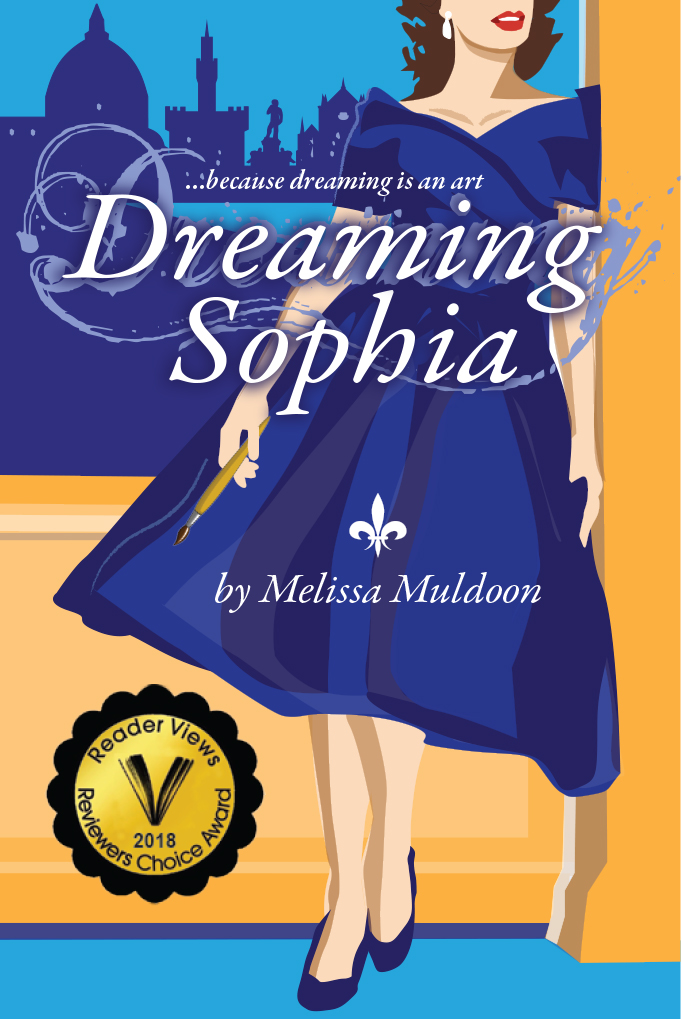
Dreaming Sophia
Dreaming Sophia is a magical look into Italy, language, art, and culture. It is a story about turning dreams into reality and learning to walk the fine line between fact and fantasy. When tragedy strikes, Sophia finds herself alone in the world, without direction and fearful of loving again. With only her vivid imagination to guide her, she begins a journey that will take her from the vineyards in Sonoma, California to a grad school in Philadelphia and, eventually, to Italy: Florence, Lucca, Rome, Verona, Venice, and Val d’Orcia. Through dreamlike encounters, Sophia meets Italian personalities—princes, poets, duchesses, artists, and film stars— who give her advice to help put her life back together. Following a path that takes her from grief to joy, she discovers the source of her creativity and learns to love again, turning her dreams into reality.
